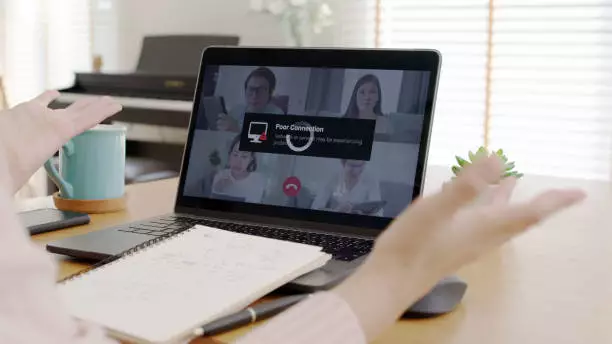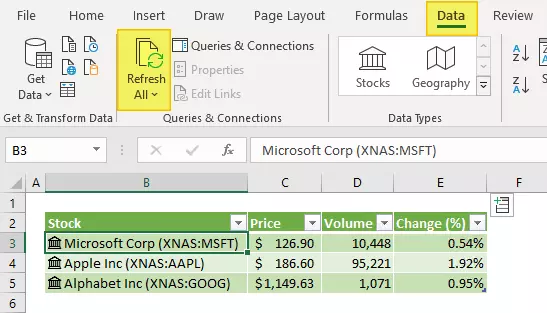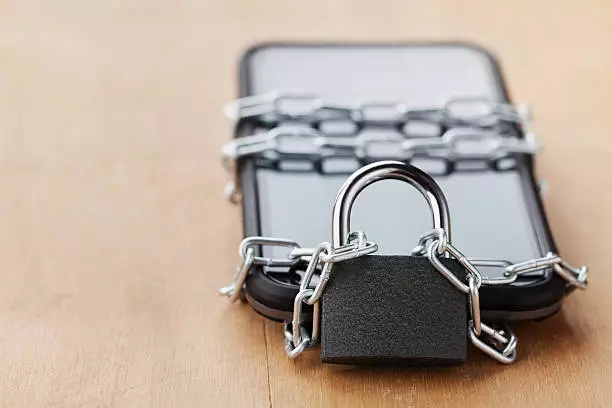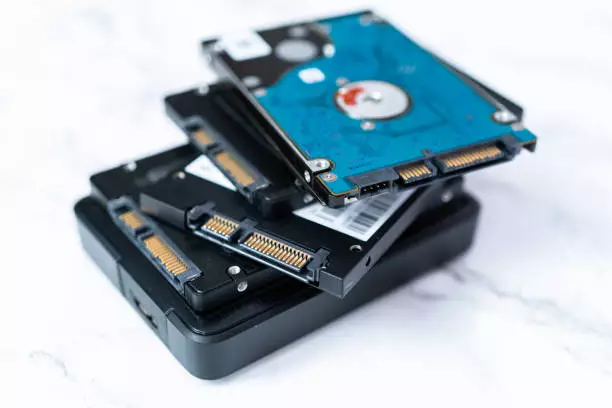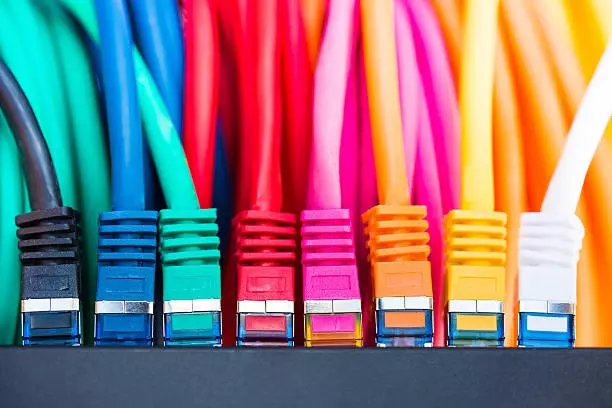Card keys are fast replacing traditional keys in small businesses. Here are 7 reasons why it might make sense for your small business! Regular keys are bulky, clunky, and slowly going away. Have you been car shopping lately? You will be hard-pressed to find a new automobile that has a traditional door lock or ignition system. Instead, you will unlock the doors with the press of a button on a “fob.” Once in the car, you’ll press a button on the dash to start the vehicle. The card key technology, once reserved only for high-security facilities and fancy hotels, has become much more affordable for small businesses to adopt. Besides looking professional and high-tech, there are some practical business reasons why card key technology is a great option. If a key gets lost, it’s no big deal.Think of the security concerns that arise when a key is lost or stolen. What expenses might be incurred to change the locks, etc.? With a card access control system, your company can deny access to the card with a couple of clicks of the mouse. The employee that lost their key is assigned a new card key, and no security risk has been incurred. Internal doors can be protected.Access control systems are well suited to protecting secure internal locations such as executive offices or Human Resources file rooms. For example, the janitor and the president can enter the building with their card, but only the president’s key card will open his private office. You’ll Have a History of Building Access.Whenever an employee scans their card, the system records their name, the current date and time, and the door location. If you have internal doors that are secured with key cards, their movement into these secure locations will also be documented. Optionally you can require card key scans to leave the building.It’s possible to require employees to scan when leaving the building. This helps complete the trail of an employee’s movement in, around, and ultimately out of the building. You could pull up a list of anyone that is currently in the building, or anyone that was accessing a particular area at a specific date and time. Automation options are nearly endless.A commonly assigned automation is to have the system unlock the doors during business hours, and then lock up automatically at closing time. Electronic access control systems have capabilities far beyond this, however. You can do things like adjusting the room temperature, turning on and off the lights, or triggering a video camera system to start recording activity. Systems are easy to administer.Whether using traditional keys or card keys, you will need to keep track of who has what key and what doors the various keys open. You will have to have a locksmith service provider rekey the locks anytime you have a breach such as a lost key, to keep the facility secure. Electronic access control systems make it infinitely easier to administer. You might use groups to assign access to outside doors and limit entry to only certain times of the day. Simple backups protect your cards and their owners.Centrend’s role in these systems includes installing the software on your computer or server and then making sure that the entire system is backed up. If there is a computer crash, we can have your access control system back up and running in less than 30 minutes. While the computer is “down,” the locks will continue to function correctly. You would be unable to make changes until the computer application is restored. Centrend, Inc. works closely with an excellent resource for installing access control systems. Please contact me if you need help determining if a card key system is right for you. We can help you plan the system and connect you with a local professional to perform the installation.


